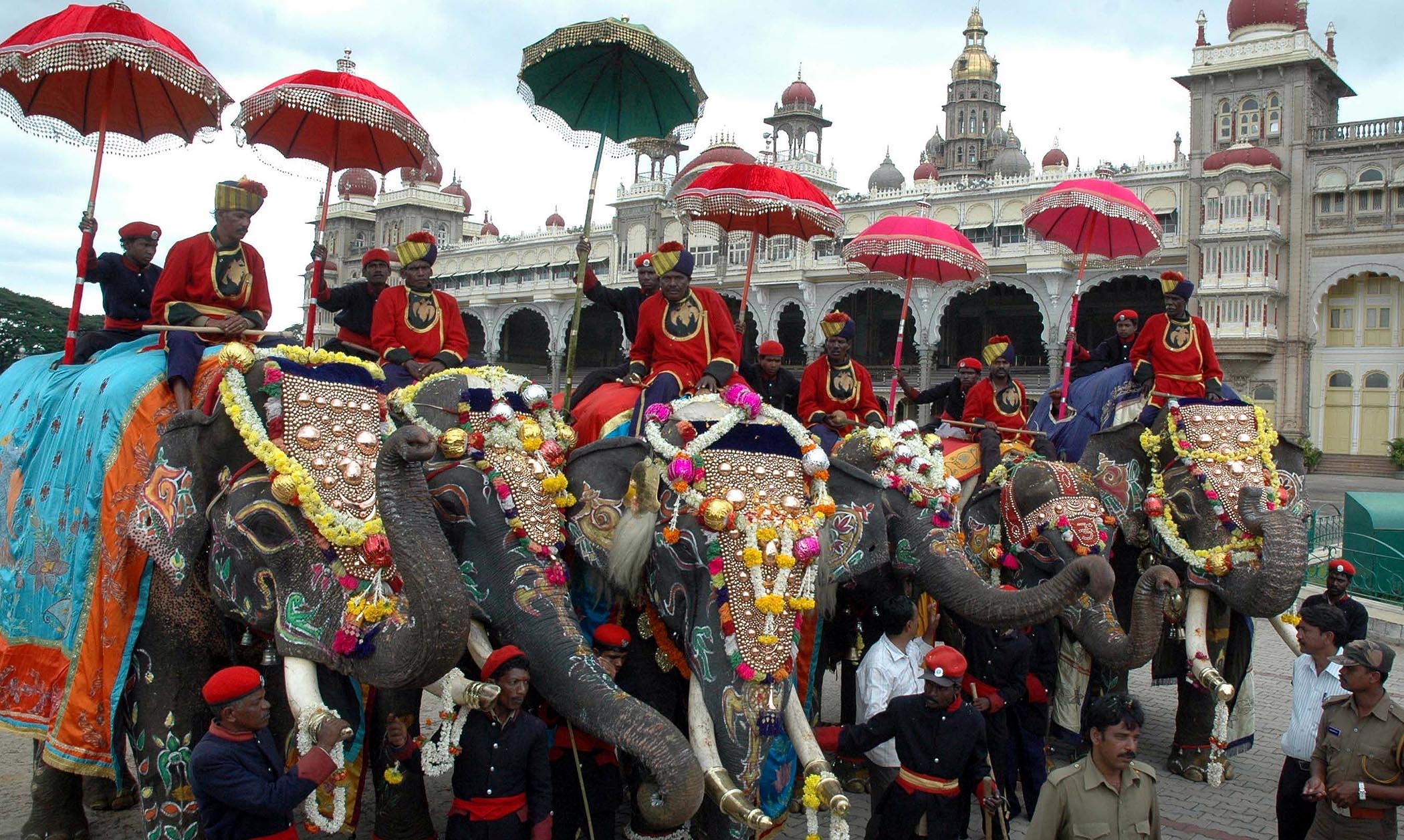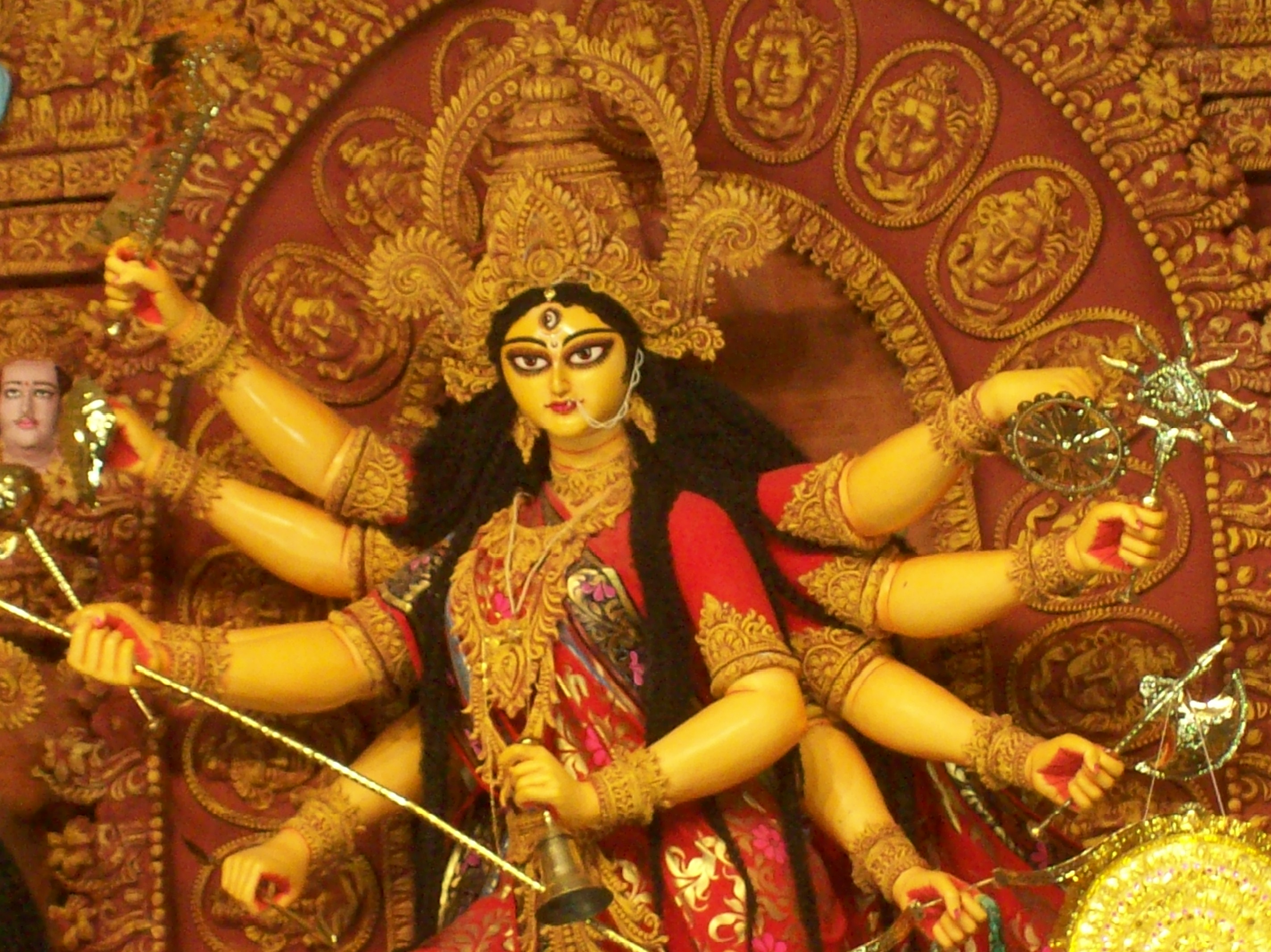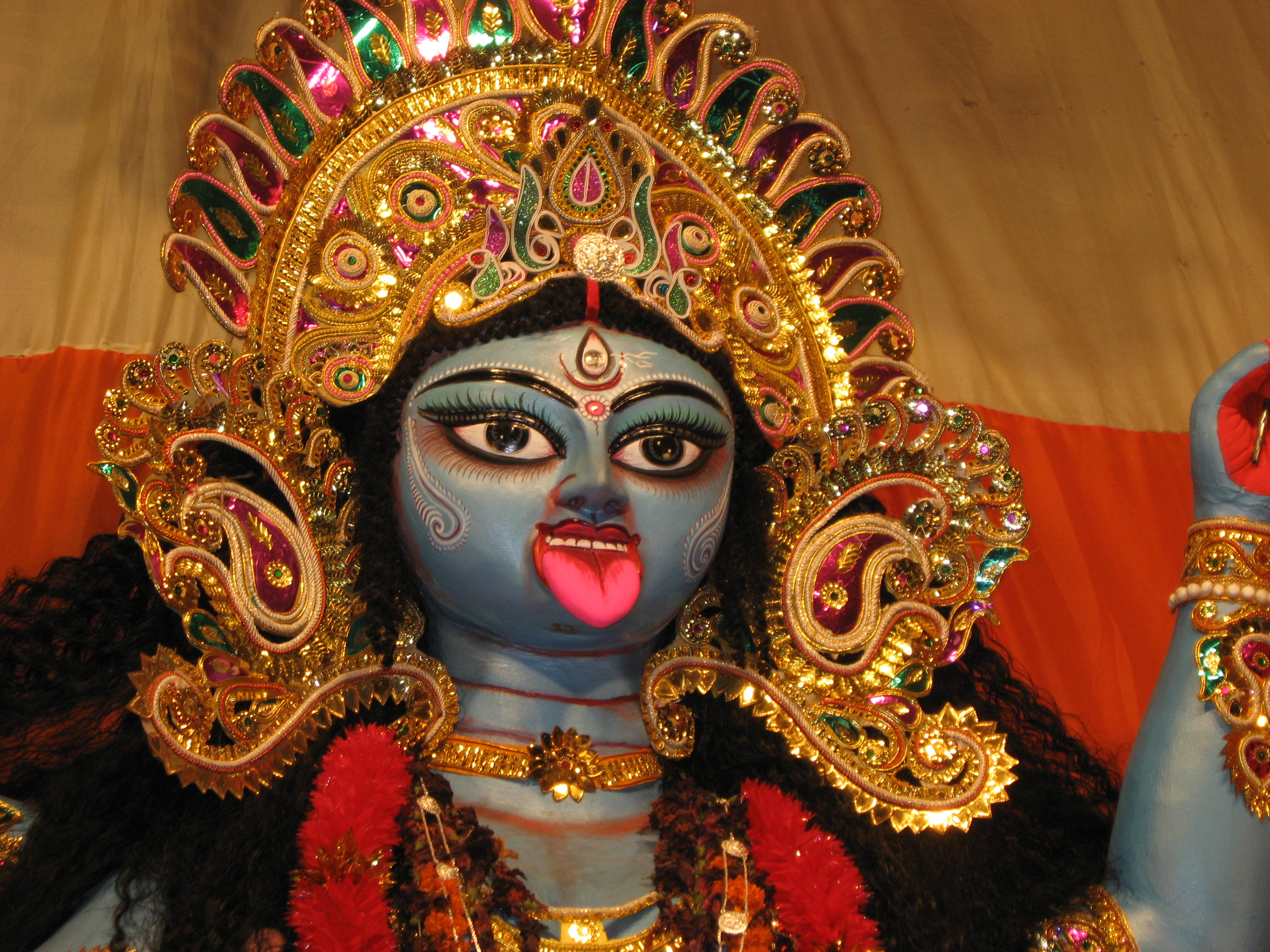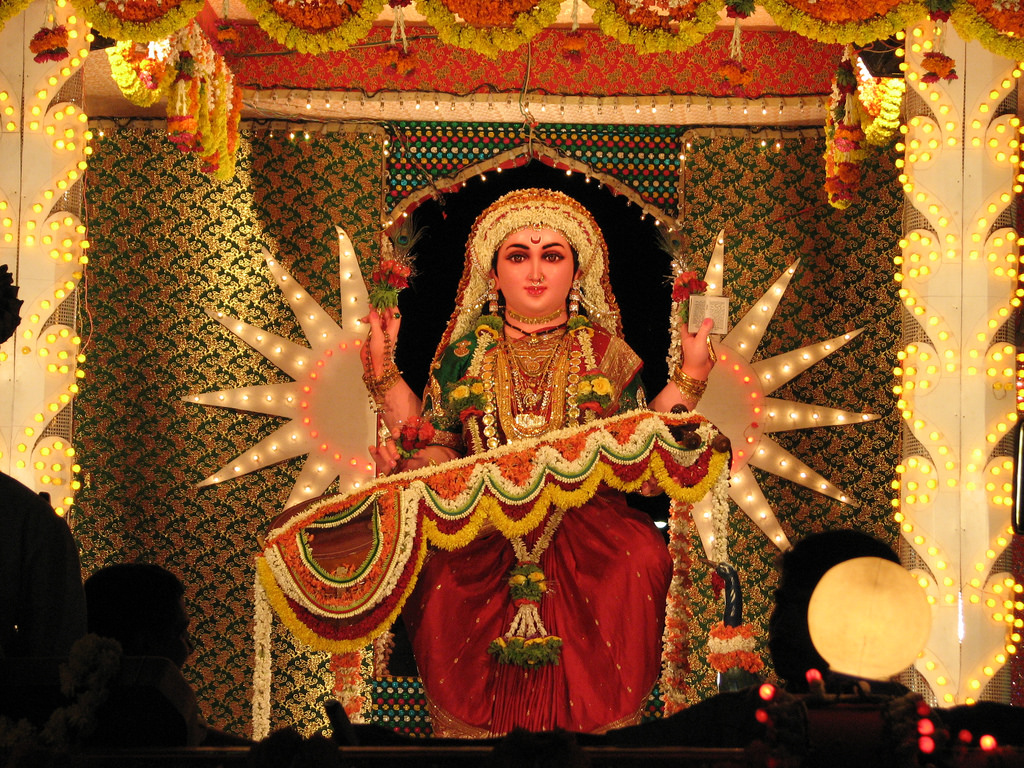The story of Ashtavakra and his father Kahola
The life of Ashtavakra is narrated in the Ramayana of Valmiki, the Vana Parva of the Mahabharata, the Ashtavakra Gita and Bhavabhuti’s play Uttararamacarita.
Rishi Uddalaka, mentioned in the Chandogya Upanishad, had a disciple called Kahola. Uddalaka offered his daughter Sujata in marriage to Kahola, and the newly-wed couple lived in an ashram in the forest. After some years Sujata became pregnant. The child, while still in the womb, one day told its father Kahola that he was making eight errors in each Vedic Mantra while reciting them at night. Enraged, Kahola cursed the child to be born with eight body parts of him (feet, knees, hands, chest and head) deformed.
Meanwhile, there was a drought in the forest and Sujata sent Kahola to Mithila, the kingdom of king Janaka, to earn some money.
A Brahmin’s Challenge of Shastraarth
A brahmin from Varunloka (loka of water bodies) challenged king Janaka to send anyone from Mithila, capable of defeating him in shastraarth (verbal duel on the meaning of scriptures), failing which the defeated learned ones would be taken to Varunaloka.
Everyone who accepted the brahmin’s challenge were defeated. Kahola who considered himself as well-versed and correct in the Vedas, too accepted the challenge. The brahmin questioned the same mistakes which the baby in the womb had asked his father to correct which he ignored, and Kahola was eventually defeated. All the defeated rishis were immersed under water using the Varunapasha. Uddalaka apprised Sujata of her husband’s fate and asked her to keep the events secret from her child.
After a while an enlightened baby was born to Sujata with his body crooked in eight places, and was named Ashtavakra (one with eight deformations) by Uddalaka. At the same time a son was born to Uddalaka who was named Shvetaketu. Ashtavakra and Shvetaketu grew up like brothers, and learnt the scriptures from Uddalaka. Ashtavakra considered Uddalaka to be his father and Shvetaketu his brother.
Ashtavakra Decides to Liberate Kahola
At the age of ten years, on learning that his real father was imprisoned by Vandi (Bandi), Ashtavakra decided to go to Mithila to free his father.
Because Ashtavakra’s body was so deformed, even with the help of a walking stick, it took him thirty days to reach the King’s court at Mithila, a journey which would have taken a normal bodied person only one day to walk.
Ashtavakra first faced the gatekeeper who tried to keep the young boy out. On convincing the gatekeeper that he was well versed in the scriptures and hence wise enough, he was let in.
Jeered at, Ahstavakra’s Wisdom Shines Through
When Ashtavakra entered the king’s court, everyone looked at him and started to laugh because of his physical deformities. Ashtavakra just looked about with silence and then broke into such laughter that everyone became shocked at the intensity of his laughter.
When questioned about his identity by Janaka, Ashtavakra replied he was disappointed to find only shoemakers in the assembly instead of wise men. Ashtavakra told the king that his counselors were only seeing skin. They did not see the atma. They have no realization of the soul and the Supreme Soul. They were simply seeing the skin and they were making their judgements on this basis only. This was the occupation of the shoemakers; they only looked at skin. ‘This skin is good; that skin is not good. This one is smooth; that one is rough.’ Ashtavakra concluded he had wasted his time coming to the assembly.
Janaka and everyone in the assembly became deeply affected and very ashamed on hearing the words of Ashtavakra. So simple were his words, but so true. Janaka bowed down to Ashtavakra and touched his lotus feet. He escorted Ashtavakra to his own throne and washed his feet and begged his apologies.
Ashtavakra’s Shastraath with Vandin
Janaka decided to let Ashtavakra face Vandin. Vandin and Ashtavakra began the debate. They alternately composed six extempore verses on the numbers one to twelve. Then Vandi could only compose the first half of a verse on the number thirteen. Ashtavakra completed the verse by composing the second half and thus won the shastraarth against Vandin.
Ashtavakra and Kahola Liberate One Another
The condition of the contest was that if Vandin were to lose he would grant any wish of his vanquisher. Ashtavakra demanded that Vandin be drowned in water just as he had done his vanquished opponents. Vandin then revealed that he was the son of Varuṇa (the Lord of all water bodies), and was sent incognito to land to get rishis to conduct a ritual that Varuṇa wanted to perform. By this time Varuṇa’s ritual had been completed. On Vandin’s request, Varuṇa bade the sages and brahmins be brought to the surface of the waters they had been held in.
Ashtavakra worshipped his father Kahola and was in turn praised by all the freed sages. Kahola was extremely pleased with his son. On their way back home, Kahola made Ashtavakra bathe in the river Samanga and Ashtavakra was freed of the eight deformities in his body.
Much later, Ashtavakra, inspired by the sage Vashishta, arrived at the court of Rama, and was elated to be honoured in the assembly of Ayodhya.
Ashtavakra, the Enlightened Master
Ashtavakra grew into a spiritually advanced rishi and self-realised soul. He went again to Mithila and instructed King Janaka about the Self and showed him the path to enlightenment. These teachings form the content of the Ashtavakra Gita or Ashtavakra Samhita meaning the Song of Ashtavakra, which is a classical Advaita (non-dualistic) Vedanta scripture. It was written as a dialogue between Ashtavakra and Janaka.
An Extract from the Ashtavakra Gita
You are really unbound and action-less, self-illuminating and spotless already. The cause of your bondage is that you are still resorting to stilling the mind.
You are unconditioned and changeless, formless and immovable, unfathomable awareness, imperturbable-such consciousness is un-clinging.
You are not bound by anything. What does a pure person like you need to renounce? Putting the complex organism to rest, you can go to your rest.
Chapters of the Ashtavakra Gita
There are 20 chapters in the Ashtavakra Gita, as enumerated below:
- I Sakshi – Vision of the Self as the All-pervading Witness
- II Ascharyam – Marvel of the Infinite Self Beyond Nature
- III Atmadvaita – Self in All and All in the Self
- IV Sarvamatma – Knower and the Non-knower of the Self
- V Laya – Stages of Dissolution of Consciousness
- VI Prakrteh Parah – Irrelevance of Dissolution of Consciousness
- VII Shanta – Tranquil and Boundless Ocean of the Self
- VIII Moksha – Bondage and Freedom
- IX Nirveda – Indifference
- X Vairagya – Dispassion
- XI Chidrupa – Self as Pure and Radiant Intelligence
- XII Svabhava – Ascent of Contemplation
- XIII Yathasukham – Transcendent Bliss
- XIV Ishvara – Natural Dissolution of the Mind
- XV Tattvam – Unborn Self or Brahman
- XVI Svasthya – Self-Abidance through Obliteration of the World
- XVII Kaivalya – Absolute Aloneness of the Self
- XVIII Jivanmukti – Way and Goal of Natural Samadhi
- XIX Svamahima – Majesty of the Self
- XX Akincanabhava – Transcendence of the Self
In a conversation between Janaka and Ashtavakra, pertaining to the deformity of his crooked body, Ashtavakra explained that the size of a temple is not affected by how it is shaped, and the shape of his own body does not affect himself (or Atma the soul). The ignorant man’s vision is shrouded by names and forms but a wise man sees only himself.
References:
- https://en.wikipedia.org/wiki/Ashtavakra_Gita
- https://en.wikipedia.org/wiki/Ashtavakra_(epic)
- https://omshivam.wordpress.com/sanatan-hindu-dharma/the-story-of-brahmarishi-ashtavakra/
By – Pushpa Gopee Somra











